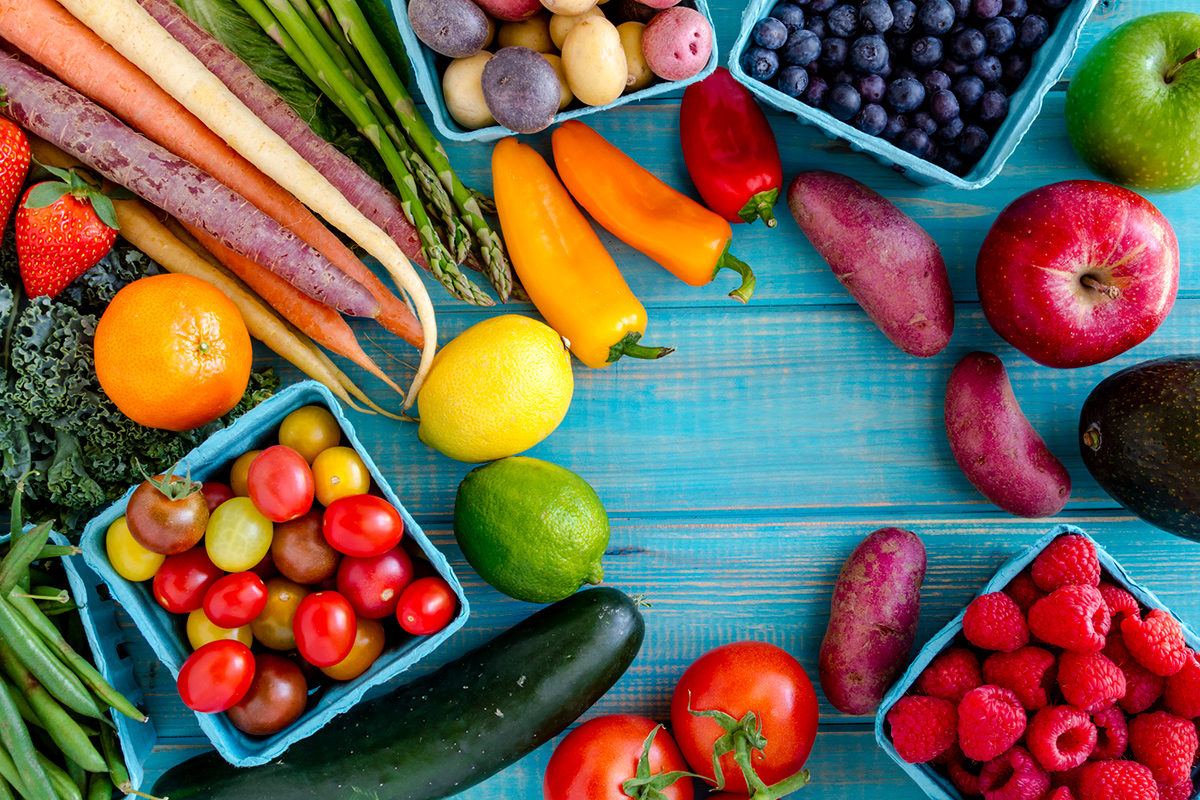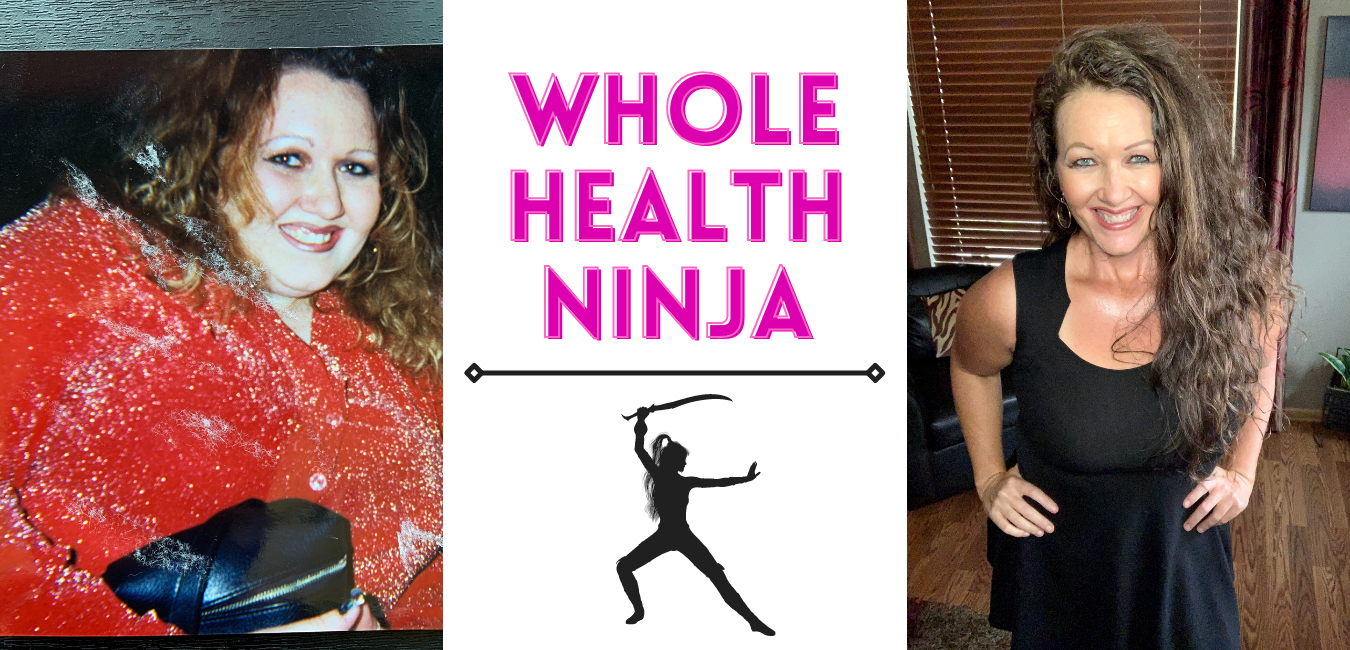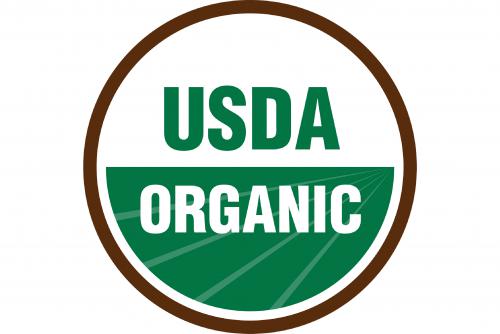Each year, the Environmental Working Group (EWG) conducts an analysis of the chemical pesticide load found in common fruits and vegetables that are grown conventionally.
By “grown conventionally,” I mean the produce was grown with the use of harmful chemicals like glyphosate. Produce that’s grown organically, on the other hand, is grown without the use of harmful chemicals.

The EWG publishes their annual analysis in the form of 2 lists:
DIRTY DOZEN LIST
The “Dirty Dozen” refers to produce that carries a very high chemical / pesticide load after it’s harvested for consumption. For that reason, it’s very important to buy organically-grown versions of all the fruits and vegetables on this list whenever possible:
- Strawberries
- Spinach
- Kale, Collard & Mustard Greens
- Peaches
- Pears
- Nectarines
- Apples
- Grapes
- Bell & Hot Peppers
- Cherries
- Blueberries
- Green Beans
+ Peppers (They added a 13th item.)
CLEAN FIFTEEN LIST
The “Clean Fifteen” refers to produce that carries a low chemical / pesticide load after it’s harvested for consumption. If budget or access to organic produce is an issue for you, it’s not as much of a concern to buy conventionally-grown produce from this list.
However, if budget or access are not issues for you, I highly recommend you always buy organic to support organic farmers and food producers who are doing the right thing in the interest of your health and the well-being of the environment.
- Avocados
- Sweet Corn*
- Pineapple
- Onions
- Papaya*
- Sweet Peas
- Asparagus
- Honeydew Melons
- Kiwi
- Cabbage
- Mushrooms
- Mangoes
- Sweet Potatoes
- Watermelon
- Carrots
*Some sweet corn and papayas sold in the United States is produced from genetically modified seeds (GMOs). The only way to avoid genetically modified produce is to buy fruits and vegetables that are grown organically.
WHAT IF IT’S NOT ON THE LIST?
You may have noticed several common fruits and vegetables aren’t on either list. That’s because they fall somewhere in between the the dirtiest and the cleanest conventionally-grown produce.
I highly recommend buying the organic version of any produce you don’t see on either list to ensure you are putting the cleanest food possible into your body. Your health is worth it!
If you’re curious to see how other produce rates, you can access the complete list HERE. It’s rated from the dirtiest (currently strawberries) to the cleanest (currently avocados) produce when grown conventionally.
WHY IS ORGANIC FOOD MORE EXPENSIVE?
In a perfect world, all food would be grown without the use of harmful chemicals like synthetic pesticides and health-damaging practices like genetically modifying food. Sadly, that’s not the case in the United States at this time.
Sadder yet, organic farmers have to pay to prove they are following organic farming practices to be certified as organic food producers. And they have to continuously get re-certified. That alone makes organic food more costly to produce.
Then there’s the issue of crop yield…
Because organic farmers don’t use harmful chemicals like synthetic pesticides to stave off predators from their crops, and because they don’t use genetically modified organisms (GMOs) to make their food bigger, stronger and more resistant to extreme weather and pests…they end up with less of a yield to sell. This also contributes to the higher cost.
Please keep in mind that each time you buy food (or any product for that matter), you are voting with your dollars. You are telling the food producers of the world what matters to you by where you put your money, and they will have to respond accordingly unless they want to go out of business.
We as consumers have a lot of power with our dollars. Let’s use that power to change the health of the world for the better by buying organically-grown food that is free of GMOs!
WHAT IS THE ENVIRONMENTAL WORKING GROUP (EWG)?
The EWG is a non-profit, non-partisan organization dedicated to protecting human health and the environment. Their mission is to empower people to live healthier lives in a healthier environment. They use breakthrough research and education to drive consumer choice and civic action.
For example…
- Do you know what’s in your tap water?
- What about the beauty and personal care products you use, like your shampoo?
- What’s lurking inside the cleaners underneath your sink?
- What pesticides are in your food?
- How about the farms, fracking wells and factories in your local area?
- Do you know what safeguards (if any) they use to protect your water, soil, air and your family?
- Which large agribusinesses get your tax dollars and why?
- What are GMOs and what do they do to our health, land and water?
The EWG’s groundbreaking research has changed the debate over environmental health. From households to Capitol Hill, the EWG’s team of scientists, policy experts, lawyers, communication specialists and programmers has worked tirelessly to make sure someone is standing up for public health when government and industry won’t.
Through their reports, online databases, mobile apps and communications campaigns, the EWG is educating and empowering consumers to make safer and more informed decisions about the products they buy and the companies they support.
In response to consumer pressure, companies are giving up potentially dangerous chemical ingredients in their products and improving their practices. The EWG has been a big part of that!
Cheers to honoring your health by avoiding pesticides in the produce you eat!
With love and gratitude,
Kandi
DISCLOSURE: Any links above may be affiliate links, which means I earn a small commission – at no additional cost to you – if you purchase a product through them. (Click here to view my full Disclaimer & Disclosure statement.) This helps me continue providing FREE information to help you become a Fit Life Ninja. Thanks for your support!

